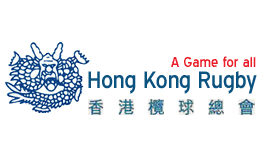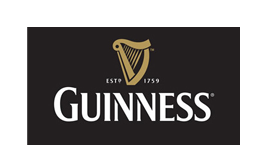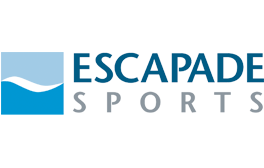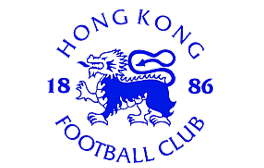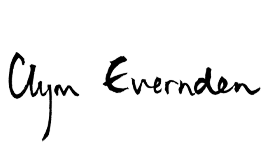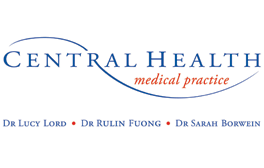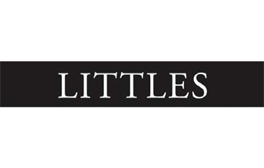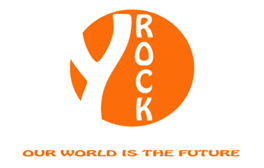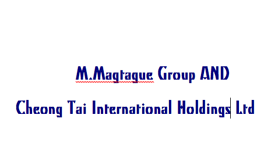by Jennifer Bovard
I visited two leading spinal recovery centres in the USA on behalf of the Ben Kende Foundation in November 2011:-
KENNEDY KRIEGER INSTITUTE
“For many years, conventional wisdom held that most improvement from spinal cord injury occurred in the first six months of recovery, and that improvement was virtually impossible after two years.”
This is the view of most of the doctors I have met.
“Rehabilitation” focused mostly on teaching patients how to compensate for injuries thought to be irreversible.”
This is the philosophy of the rehabilitation centre that my son stayed at, as kind as the therapists where
“CONVENTION WISDOM WAS WRONG” is the united view by the Kennedy Krieger Centre, world class paralysis recovery centre in Baltimore USA.
When Dr John McDonald met Christopher Reeve after his accident, he decided to dedicate his career to spinal recovery. Staff at this institute who could not accept the paradigm shift left. Now they wear t shirts which say HOPE in big letters.
When they reconnected Christopher Reeve’s spinal cord to the base of his brain there was a 50% chance that he would survive. The operation was successful and his injury, at C2 level, was considered ‘complete’, terminology which means that there are no signals going down the spinal cord below the injury. Four years post injury, Christopher Reeve was able to move his fingers, having worked at an intensive exercise program for four hours a day. Later, before he died he was able to walk in water. All of this can be found in the chapter Recovery in his second book, Nothing is Impossible. It is fascinating reading!
It was the work with Reeve therefore that led to this innovative program, his great legacy to people with paralysis. They informed me at the Centre that they are seeing ‘significant neurological improvement’ three years post injury through their activity based programs on paralysed patients – this is amazing! I hope that they will soon be able to quantify these findings so that the mind shift can transfer to other rehab centres around the world.
With activity based restoration, therapists work on the patient recoverying function. By replicating normal movement, the belief is that neural activity will help patients ‘remember’ how to move and walk – Dr Wise Young called this issue ‘learned non – use’. These methods are used for spinal cord injury, cerebal palsy, brain damage and motor disorders
What interested me most about the centre was the use of functional electrical stimulation and their expertise in this area, not onlly with bicycles but also with small machines that stimulate all parts of the body, including disabled hands. Some of the therapists do not believe in tenodesis, a condition in quadraplegics where they only learn to open and close their hands. Instead they use functional electrical stimulation to gain back much more hand dexterity. Another impressive item was the underwater treatmill in the hydrotherapy pool.
SHEPHERD CENTRE
When Dr Shepherd’s son suffered a serious spinal cord injury, they offered to turn off the machines. This is what led him to set up the Shepherd Centre in Atlanta, one of the most comprehensive paralysis centres in the world.
The programs are divided into 3 independent sub programs. The Day Program which focuses on independent functioning, teaching people how to dress, bathe and survive, at work, home and in the community. It also has assistive technology, driving lessons and locomotor training. Patients learn mobility training and transfers to and from the bed to the wheelchair and so on. Self care training and life skills training embrace grooming and dressing and managing one’s daily schedule. Families and care givers are offered training to make sure they understand the needs of the patients. Bladder and bowel care is part of the program, plus learning to look after one’s skin to prevent bed sores. Patients are counselled in return to work programs and patients can live in while they are doing this program.
In many ways this Day Program is a well run and well resourced version of a typical rehab centre that one would find around the world, where patients are taught how to survive with their disability.
But unlike traditional rehab centres, the Sheperd Centre offers a Beyond Therapy program, which is an intensive activity based program based on the same ethos of the program that I saw at the Kennedy Krieger Centre. Patients do a lot of assisted walking and mobility training. In addition, the centre offers a NeuroRecovery Network program to promote functional recovery and mobility. This program translates the latest scientific advances into activity based treatments. Working in conjuction with the Christopher and Dana Reeve Foundation and the Centres for Disease Control and Prevention, the program is an intensive treatment where clients are in therapy five days a week. A big part of this program is locomotor training, where the person is suspended over a treadmill while therapists move their legs. As the person gets function back, they can move from the treadmill to walking over ground. The concept behind this is Neuroplasticity, where the neurons develop new connections and learn new functions.
Like the Kennedy Krieger, the Shepherd Centre is also actively engaged in research. I found their approach to research very confident and they are engaging in human trails on stem cell research whereas the former or more involved in animal research
Being a holistic Bentre, the Shepherd Centre offers many disabled sports. I visited the wheelchair rugby. Only quadraplegics are allowed to play this game, and they use glue on their gloves to catch the ball. I was so impressed, not only by their physical independence but also their attitudes – one quad of 10 years said to me “You can have as much fun, if not more, in a chair”
Ben attended Project Walk in the States:
PROJECT WALK
Another program centred around an activity based approach to functional recovery is Project Walk. Unlike the centres above, Project Walk specializes in spinal cord injury only.
The program is not dissimilar to the mobility approaches above but they do some interesting things such as crawling. Project Walk does not work on the hands at all.
Rather than following a medical model and being set in a hospital, they follow a non medical model and the setting is a gym with funky music and a great atmosphere.
Based on the Dardinski Method, they believe there are 5 stages to recovery in spinal cord injury and some people may take 6 months while others ten years. Not everyone walks.
Phases I and 11
The goal of Phase I is to act as the clients’ nervous system to stimulate responses and excite it through load bearing and joint stabilization. In Phase II they build the nervous pathways that are used in the latter phases of the program. These are the most difficult stages of the program and can be the longest in the road to recovery.
Phases III
The goal in Phase III is to initiate muscle contractions through movement or stimulation. They believethat the nervous system is trying to connect the way it did beforethe spinal cord injury, but without the proper external stimulation to re-teach it, the result is spasm and tone.
Phase IV
The goal here is to improve coordinated movement through all planes of movement and motion. The clients have the ability to move and control their legs and arms, but do not have the strength or coordination to walk without aids. The evolution from Phase III to Phase IV can be long and arduous and quite frustrating. And, not every person will make the transition.
Phase V
The objective of Phase V is to provide advanced functional gait training for clients who are moving their legs or are able to walk with or without adaptive aids. Many of the therapists are gait training experts from NFL. There are no guarantees that people will reach this level but the journey is very rewarding
It was fascinating to see people at the different stages above. There were people who had had accidents 10 years earlier and had learned to stand up or were walking assisted. Ben became much stronger in his core and learned to do passive standing (assisted). His tone improved enormously in the two months he was in the USA.


